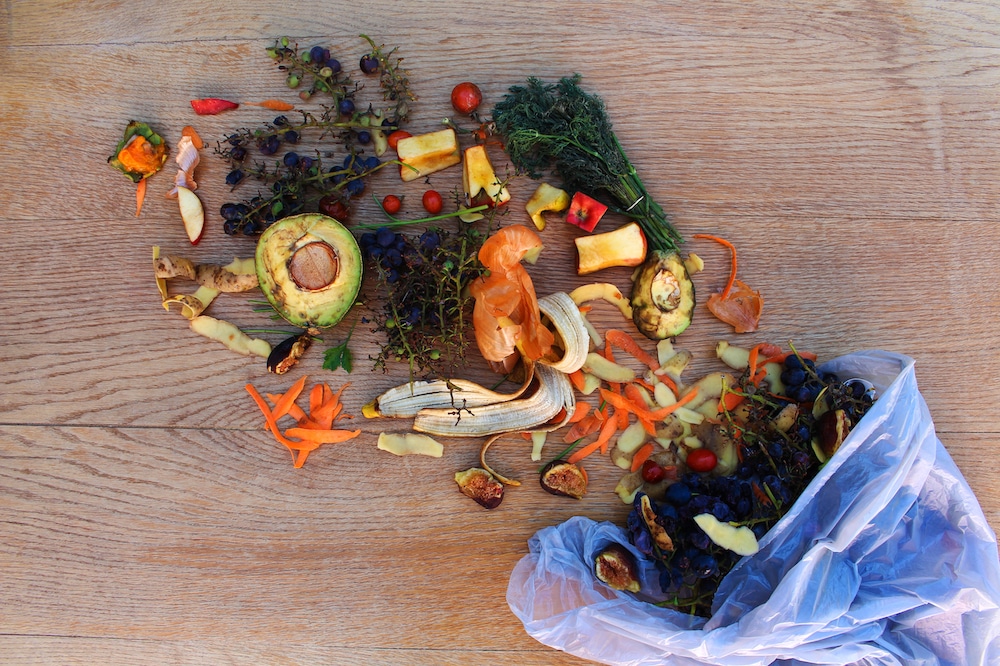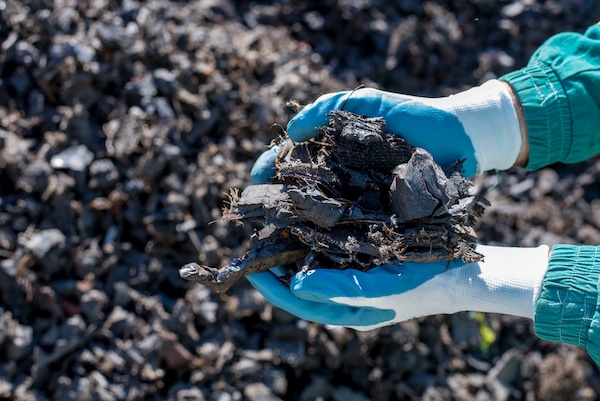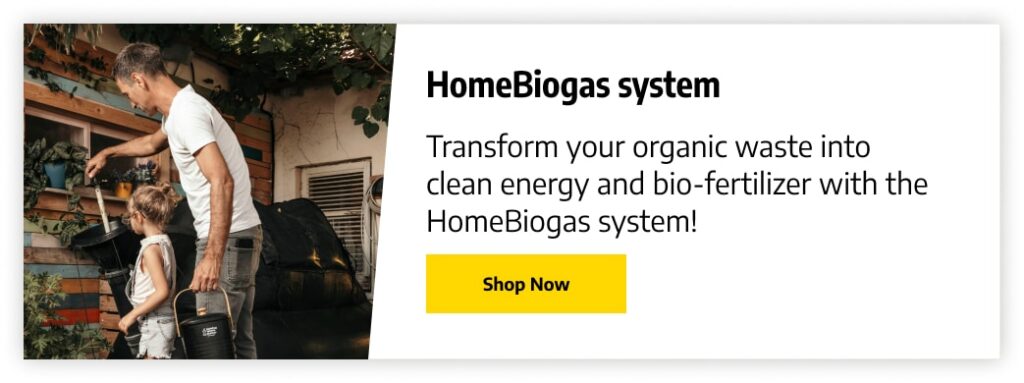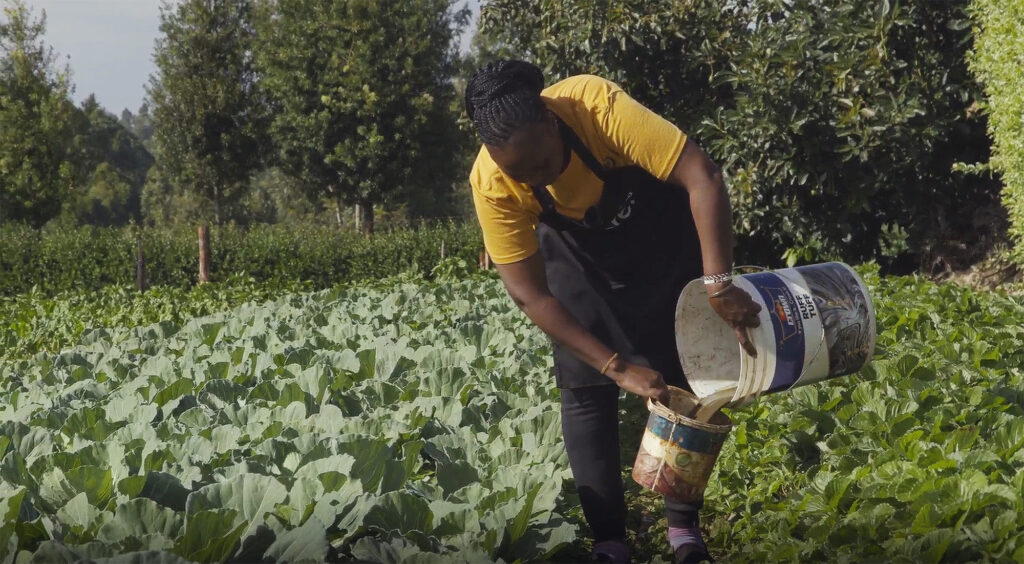
Benefits of Food Waste-to-Energy Conversion
The bioconversion of food waste into energy keeps organic materials from landfills, where it only generates massive amounts of methane and carbon dioxide. Food waste is currently the third-largest source of emissions, generating 3.3 billion tonnes of greenhouse gases annually.

Waste-to-energy solutions can put all this waste to work and turn it into fuel and power homes instead of letting it pollute soil, air, and water sources.
Biofuel can produce electricity, fuel vehicles, and power homes with a smaller environmental impact than natural gas and its derivates.
Until society reaches the “zero waste” milestone (if ever), discarded food, crop residues, and other organic wastes can become a consistent renewable energy source and replace the more resource-intensive methods to extract fossil fuels. People can get cleaner, cheaper energy, the landfills occupy less space, and the local economy flourishes with minimum environmental impact.

Technologies that Turn Food Waste into Energy
- Food waste fermentation for producing energy-rich biofuels like bioethanol and biopolymers for various applications
- Waste-to-liquid conversion for turning food waste into biofuels that can replace conventional natural gas
- Thermal conversion. It includes processes like pyrolysis and gasification, through which food waste becomes syngas and biochar.

- Landfill gas recovery systems. They capture methane produced during the decomposition of food waste in landfills, but the process is less efficient than others.
- Controlled combustion (incineration). It produces heat and steam to generate electricity.
Anaerobic Digestion: A Sustainable Waste-to-Energy Solution
In anaerobic digestion, bacteria break down organic waste in an oxygen-free, sealed tank to produce biogas, a renewable natural gas substitute. By processing 100 tons of food waste daily, anaerobic digestion can produce enough renewable energy to supply electricity for up to 1,400 households annually.
Accessible and versatile, anaerobic digestion is an ideal waste-to-energy technology for domestic environments. While most waste-to-energy methods are better suited for large-scale industrial settings, a biodigester can enable a small anaerobic digestion facility at home. Furthermore, with the addition of a dedicated burner, individuals can harness this energy directly for cooking or heating, making the process environmentally friendly and convenient for everyday life.
Is Composting a Way to Convert Food Waste to Energy?
Composting doesn’t directly turn food waste into energy, but it’s often mentioned because it prevents waste from ending in landfills and producing methane.
The resulting compost improves soil health and is an excellent source of plant nutrients. When it substitutes chemical fertilizers in agriculture, it contributes to healthier food networks and reduces the energy needed to support agriculture practices.
Implementing Food Waste-to-Energy Systems
Food waste-to-energy systems demand strategic locations within each community and robust infrastructure to deal with large volumes of waste.
High-capacity anaerobic digesters and waste-to-energy facilities must follow health and safety standards. And they can only work with a well-designed waste collection and management strategy. Efficient networks are needed to supply food waste to processing facilities consistently so they can become reliable alternatives to natural gas.
Waste-to-energy systems also require public support — people must learn proper waste disposal and separation. So, clear policies and incentives are necessary to encourage active participation from individuals and businesses as a way to further support waste-to-energy initiatives.
Converting food waste into energy at home can be more straightforward, depending on the level of automation desired. Home-scale biodigesters, for example, are designed for domestic use and can convert food waste into biogas for the household’s needs.
9 Best Practices for Converting Food Waste into Energy at Home
- Separate food waste from non-organic materials like plastics, metals, and glass.
- Keep the food waste collection area clean to prevent contamination.
- Store food waste in airtight containers to reduce odor and keep pests away.
- Maintain a balance of different types of food waste to optimize microbial activity in your biodigester.
- Chop or shred large food items to accelerate decomposition.
- Maintain the recommended moisture level in your biodigester.
- Monitor and maintain an appropriate temperature range for efficient decomposition — usually between 110°F and 160°F (43-71°C).
- Monitor gas production and adjust feedstock accordingly to maximize biogas generation.
- Familiarize yourself with local regulations regarding waste handling and energy production to build a compliant waste management system.
Are Waste-to-Energy Solutions Sustainable?
Bioconversion of food waste to energy uses renewable resources and solves two major issues:
- It keeps organic waste from decomposing in landfills and generating methane gas.
- It uses renewable energy to lower the demand for fossil fuels.
It doesn’t only address a symptom but fixes a root cause for methane emissions. The technologies involved continuously upgrade to minimize consumption and maximize energy recovery. Moreover, less energy goes into handling waste as the number of landfill sites gets smaller.
What’s Next in Upcycling and Energy Recovery?
Everyone agrees that discarding food is not a viable choice; however, it remains a prevalent issue worldwide. Using food waste to generate electricity and heating can help mitigate the consequences.
In 2020, the global installed capacity for biogas energy stood at approximately 20.1 GW, and experts say the number will grow as technology allows communities to scale up efforts.
Biogas production is just one example of waste-to-energy solutions to the food waste issue. As these systems scale, integrated systems must keep up to extract energy and valuable by-products from food waste streams. So, research and development must focus on innovative technologies and holistic waste management strategies.
Meet HomeBiogas — Turn Your Food Waste into Clean Energy
HomeBiogas systems offer a sustainable solution to the food waste pressing issues right where it’s the easiest to control: at the source. Homeowners, farmers, and small business owners can easily transform discarded food, kitchen scraps, and other organic waste into a resource. All they need to turn food waste to renewable energy is a suitable outdoor space and access to water.

A HomeBiogas system includes a biogas digester, piping and a stove. The materials are durable, and the design integrates into home environments of all sizes.

The biogas digester is the heart of the system. You feed the system organic waste, and it uses anaerobic digestion to turn it into biogas for cooking. The biodigester above collects and stores the biogas produced until you use it for cooking.
The results are significant:
- A lower carbon footprint
- Fewer greenhouse gas emissions
- Less money going to energy bills
- A self-sufficient and sustainable lifestyle
Installing and maintaining a HomeBiogas system is relatively straightforward. Routine maintenance on site is necessary to monitor gas levels, periodically clean the filters, and ensure the system remains well-sealed to prevent gas leakage.
The Takeaway
The journey towards a more sustainable future can start right in your kitchen. Something as simple as separating your trash can support waste-to-energy initiatives to create electricity from renewable resources.
If you wish to take it one step further and convert food waste to energy at home, innovative solutions can help. You can compost or generate heat from biogas at home for a self-sufficient, sustainable lifestyle. It’s a small change with a significant potential impact.






